As fashion items and objects of desire for their own sake, fans are becoming increasingly rare. Few people seem to use them for decorative purposes either. Yet they are incredibly attractive and each design carries its own history.
In particular, the folding fan is an icon of simple yet effective engineering design which encompasses practicality with beauty.
But in days gone by the fan, in all its guises, meant so much more than merely keeping cool. Its history is a long and intriguing one. The use of decorative, fashionable fans reflects political and social change and, not least, the position of women in society.
And today, with the revival of burlesque dancing, the ostrich fan is making a remarkable come-back.
But where did it all begin?


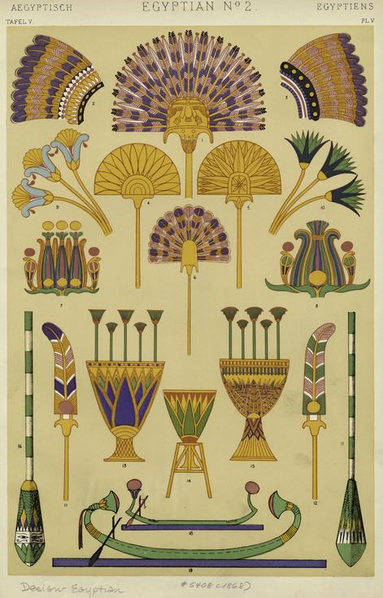

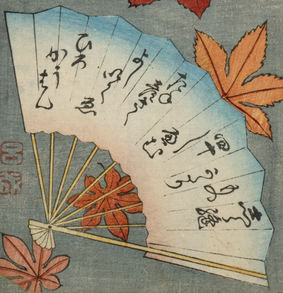
 There's a nice story attached to the invention of the folding fan.
There's a nice story attached to the invention of the folding fan.


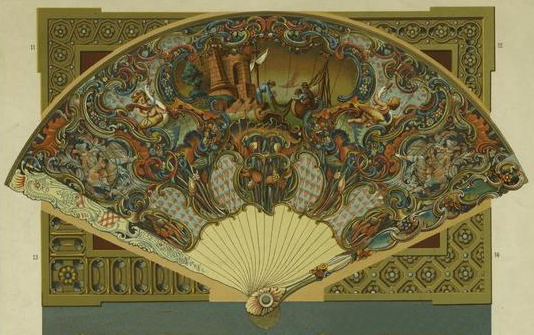
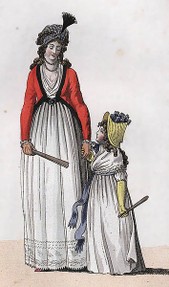
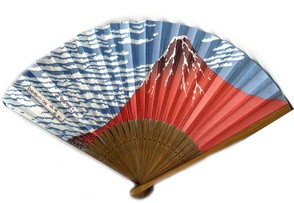




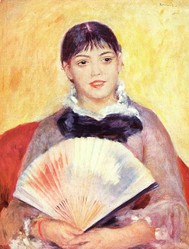

 How to Choose a Walking Cane or Stickon 08/01/2014
How to Choose a Walking Cane or Stickon 08/01/2014
 Michael Miller Fabulous Fabric Swatches for Quilting, Crafts etcon 07/02/2014
Michael Miller Fabulous Fabric Swatches for Quilting, Crafts etcon 07/02/2014
 The Drama of Life in the Rock Poolon 06/08/2014
The Drama of Life in the Rock Poolon 06/08/2014
 The Flâneur - Symbol of Modernity in 19th Century Parison 05/09/2014
The Flâneur - Symbol of Modernity in 19th Century Parison 05/09/2014

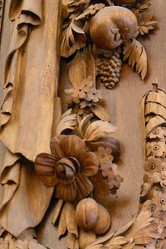
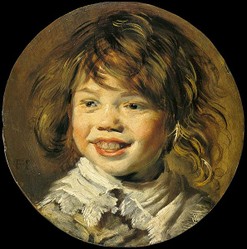
Comments
Have you been to the Fan Museum at Greenwich, London? You should visit it, if not, seeing your interest in fans. They have the most fascinating collection there and as it's in Greenwich village where there are so many intereting places, it's a day out well spent.
I carried a white lace fan as part of my wedding bouquet and later made cardstock fans using a template made by tracing around a cedar wooden shingle fan that was my husband's grandmother's. You didn't mention the paper fans we used in campmeeting back in the day before air conditioning in the huge open tabernacle builidngs-- ones with prints of religious art or the church advertisement on the front. I have several of those in my collection.
Violet rose - we used to make the folded paper pleated ones at school. The feather fans were popular in the sixties as wall decorations. Had them in my bedsit. :)
Cmoneyspinner - you are so right! It's hard to flirt with a cell phone (except by texting, but it's not quite the same) :)
Great selection of beautiful hand fans, I loved to make these from a kind of palm leaves just for fun
Fascinating history. Interesting the change in attitude by the 20th century. That won't ever happen with cell phones. :)
ologsinquito: Thanks for the thumbs up! Yes, I agree, fans are great things. Such a variety of styles. We are having a lovely summer here in the UK so I've seen quite a few women using fans.
This is a great article. I love those Spanish fans. They look so intriguing and mysterious.
Hello Ragtime! so glad you liked the article. I do like fans - even very cheap simple ones look lovely don't they! We used to enjoy making the paper folded ones when we were kids, and it's a great idea to do that! And I like those flat, brightly coloured feather ones, also very cheap - and they look great on the wall! A very versatile item!
I've always wanted a nice fan. I tend to use folded paper when handy. There are times when you just need a little moving air to keep cool. Great article!